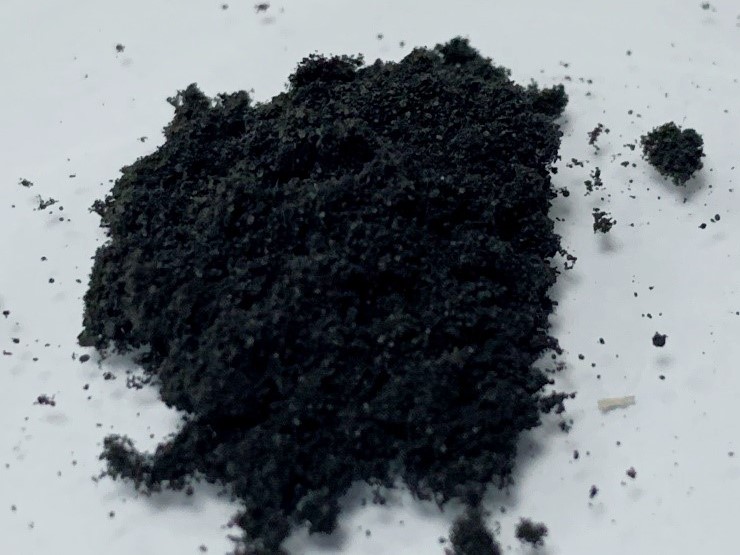Contamination during production
Exhaust emissions: In the main production methods of carbon nanofibers such as chemical vapor deposition (CVD), exhaust gases may be generated. For example, when a hydrocarbon is used as a carbon source gas, unreacted hydrocarbons, carbon monoxide and other harmful gases may be produced after the reaction. If these exhaust gases are discharged directly into the atmosphere without effective treatment, they will have a negative impact on air quality, such as increasing the concentration of harmful substances in the air, which may lead to environmental problems such as photochemical smog.
Wastewater discharge: During post-treatment steps in some preparation processes, such as cleaning carbon nanofibers to remove impurities or catalyst residues, wastewater containing chemicals is produced. If the wastewater contains heavy metal ions (for example, metal ions may remain in the wastewater after the use of metal catalysts to prepare carbon nanofibers) or reagents, if discharged without treatment, it will cause pollution to the water environment, harm aquatic organisms, and may affect other parts of the ecosystem through the food chain.
Solid waste: The solid waste generated in the production process is mainly raw material packaging materials, discarded catalysts and unqualified nanocarbon fiber products. If these solid wastes are not properly recycled or treated, they can take up land resources, and some of their components (such as heavy metals in discarded catalysts) may seep out in the natural environment, contaminating soil and groundwater.

Contamination during use
Potential risks in composite materials: When carbon nanofibers are used to make composite materials (such as when combined with polymers for automotive parts or electronic product housings, etc.), during their processing and use, if the material is worn, aged or damaged, the carbon nanofibers may be released from the base material. These released carbon nanofibers may find their way into soil, water, or the atmosphere. Due to their extremely small size, carbon nanofibers may be highly migratory in the environment and may have potentially toxic effects on organisms in ecosystems such as microorganisms.
The situation in the field of energy: in the field of energy storage and conversion, for example, when carbon nanofibers are used as battery electrode materials, during the waste electrode materials in the battery production process and the disposal process after the battery is scrapped, if not properly handled, carbon nanofibers may leak into the environment with substances such as electrolytes. These carbon nanofibers may react with chemicals in the environment or interfere with ecosystems in soil and water.
However, through the use of effective pollution control measures, such as waste gas purification equipment, waste water treatment systems and reasonable solid waste recycling programs, environmental pollution in the production and use of carbon nanofibers can be greatly reduced.
